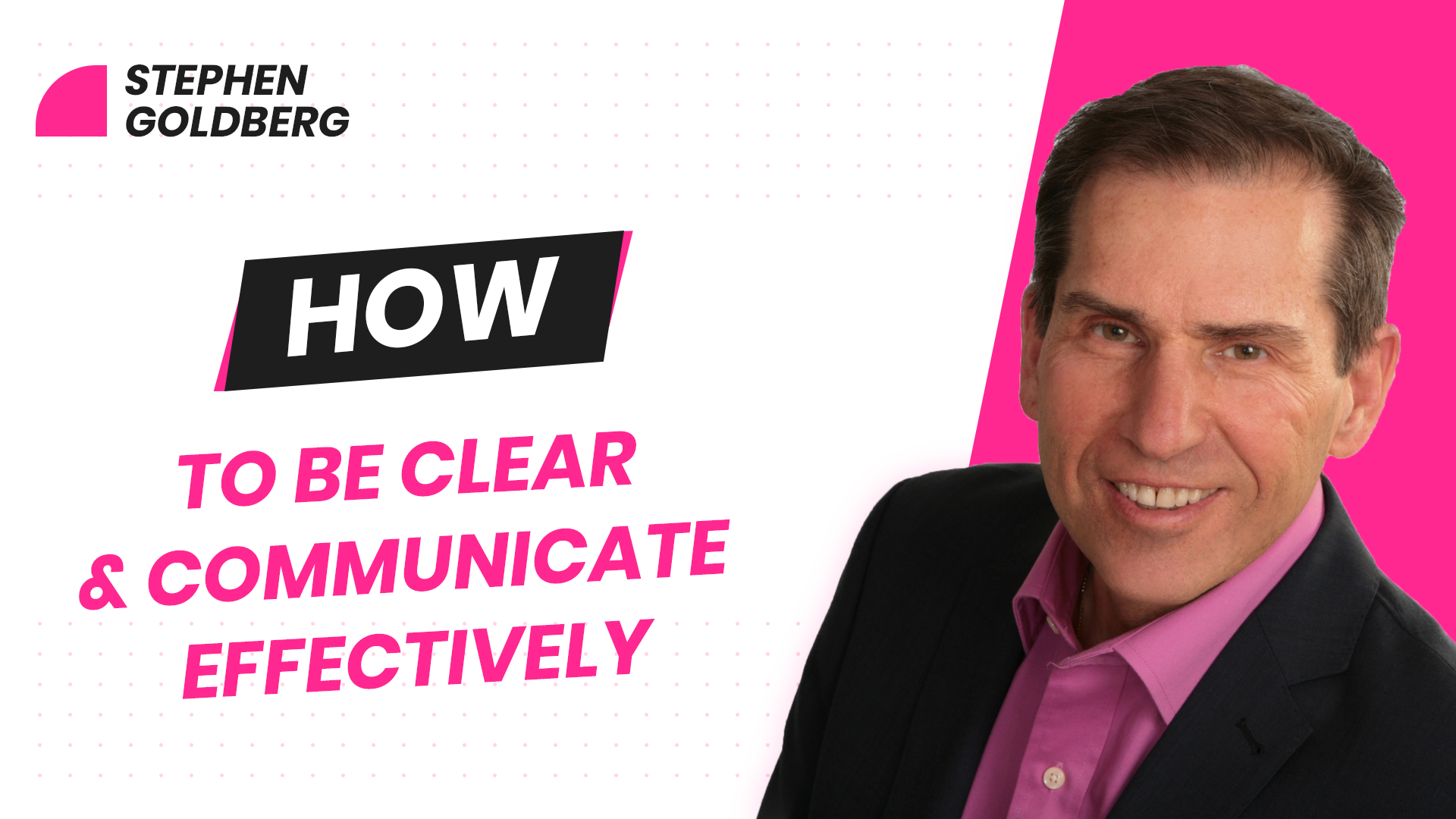There seems to be a lot of misunderstanding in communications these days. There is not only fake news to contend with, but also what to believe on social media.
But in organizations of all sizes the concern for communications needs to assure that there is mutual understanding between collaborators. Otherwise, there is a risk that deliverables will not meet expectations and affect performance and productivity.
With the onslaught of emails, messaging and teamwork apps, it is easy to write, click and expect that we have communicated well. After all, it is in writing and there is a documented proof.
But unfortunately, this type of communication does not always transfer into understanding. Of course, emails, messaging etc. can be highly productive but when the communication becomes more complex, we need to resort back to good old one to one conversation.
Using real live conversations to communicate complex and important information facilitates mutual understanding. You can sense if the other person is understanding what you are communicating and if they are committed to whatever action is required or requested.
One great technique is to ask the person to repeat what they have understood in their own words. This will help avoid misunderstandings. The communicator can use the same approach especially when there is a lot of back and forth in the discussion.
Usually when working on a project and discussing a problem and solutions, there are actions that both parties need to take. Repeating back one’s understanding is vital to ensure there is no miscommunication.
Another thing to do is to summarize the conversation and clarify the commitments with clear due dates. A next meeting can then be set, and the meeting notes can be documented to ensure that things are clear.
You can refer to my article and video on managing meetings to see how an agenda should also incorporate meeting notes and actions with due dates. This is a recommended practice for high performing meetings but the same could be done for paired conversations. After all you are holding a meeting whether there are just two people or eight.
Having one to one conversations is especially important for sensitive issues such as performance feedback (negative and positive). Do not just send a congratulations for good performance by email or messaging. Call the person and let them know how you feel and see their reaction. This is even more important for negative feedback or dealing with a performance issue.
In the end, you want your communications to be impactful and to generate mutual understanding and alignment so that everyone can do what they need to with clarity.
